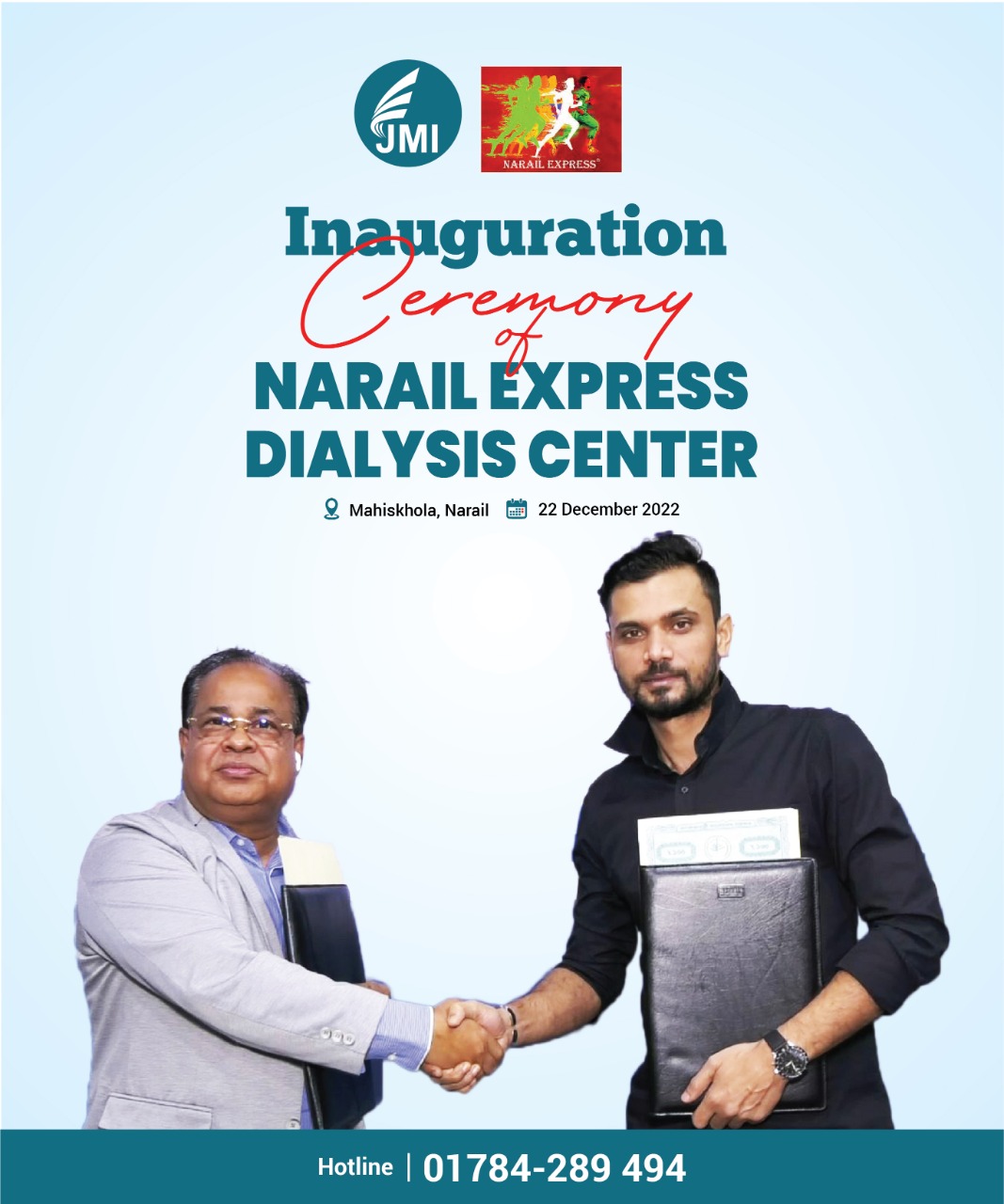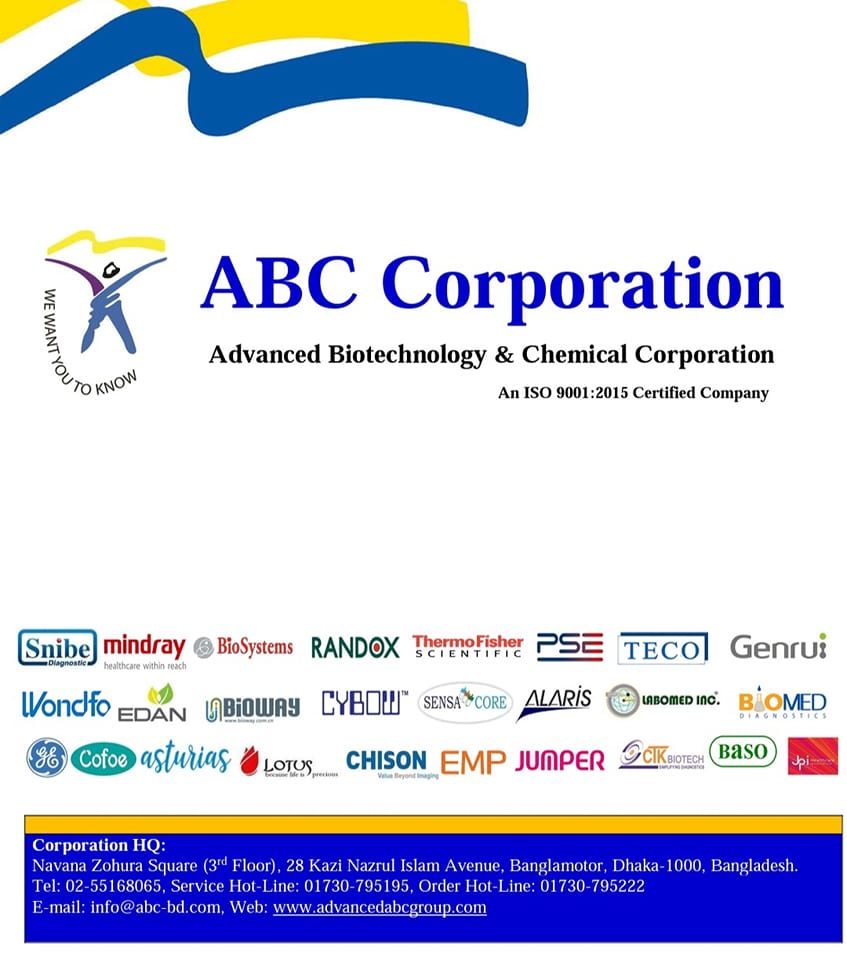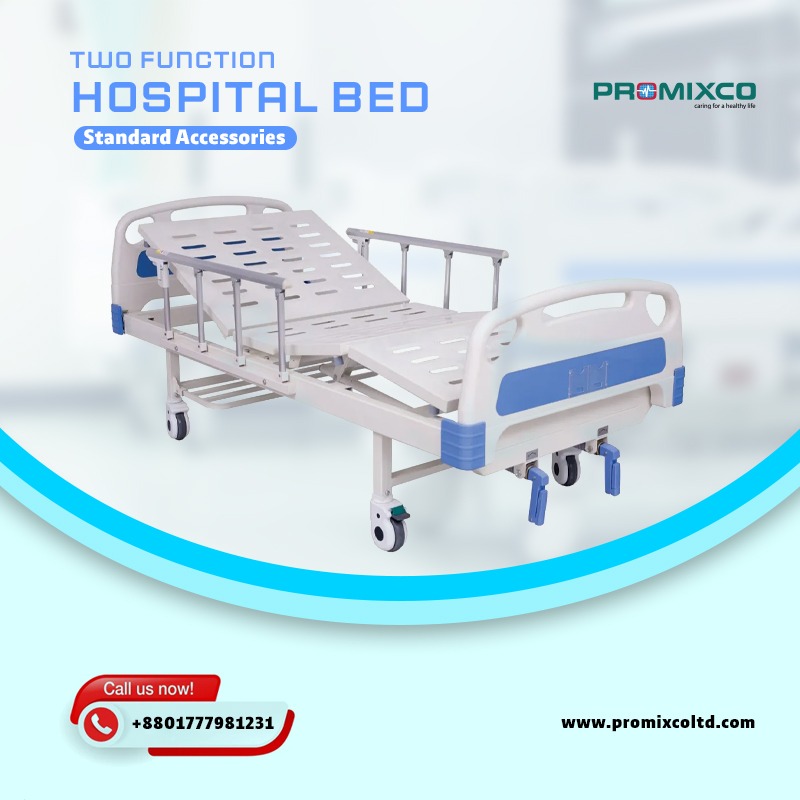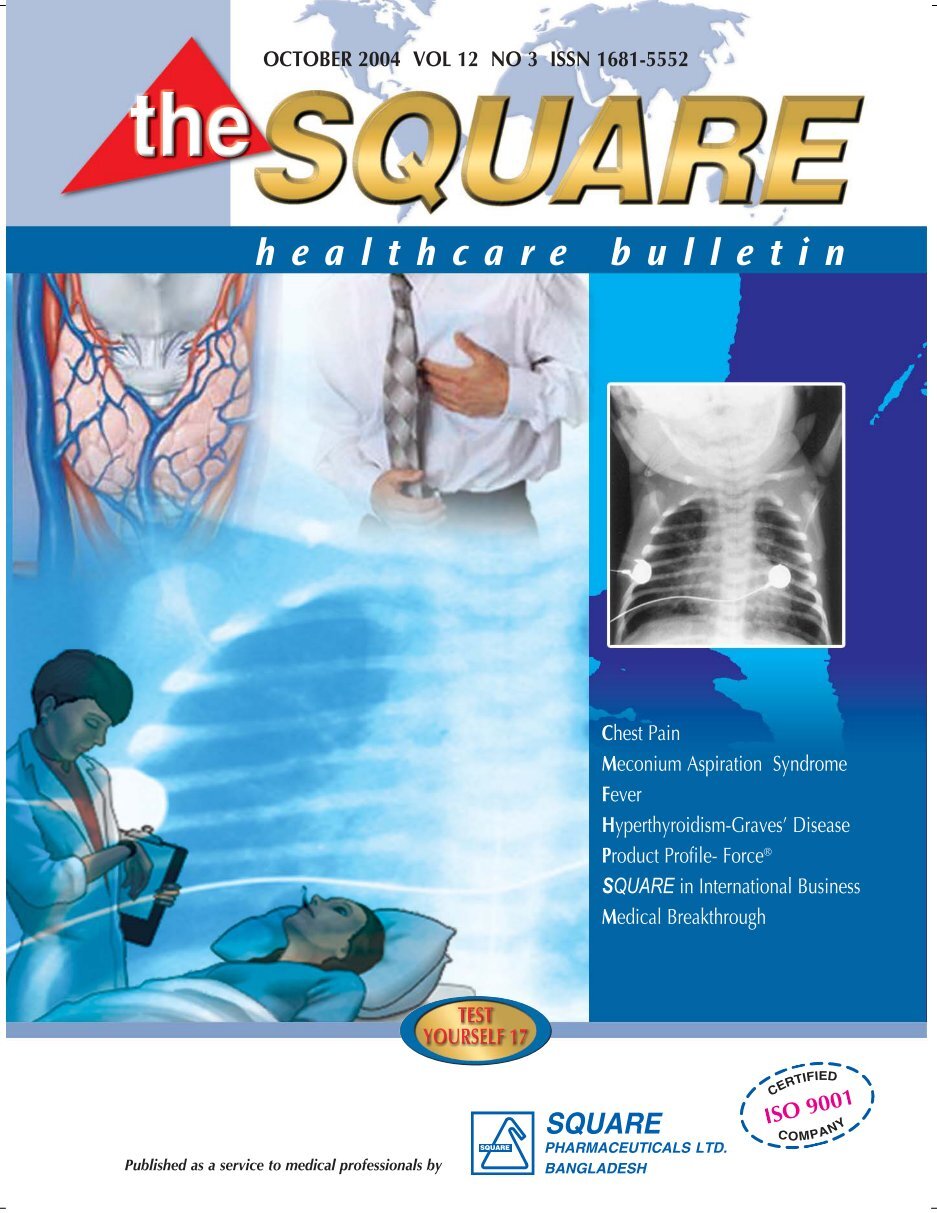The Importance of Ventilators in Critical Care: A Lifesaving Medical Equipment
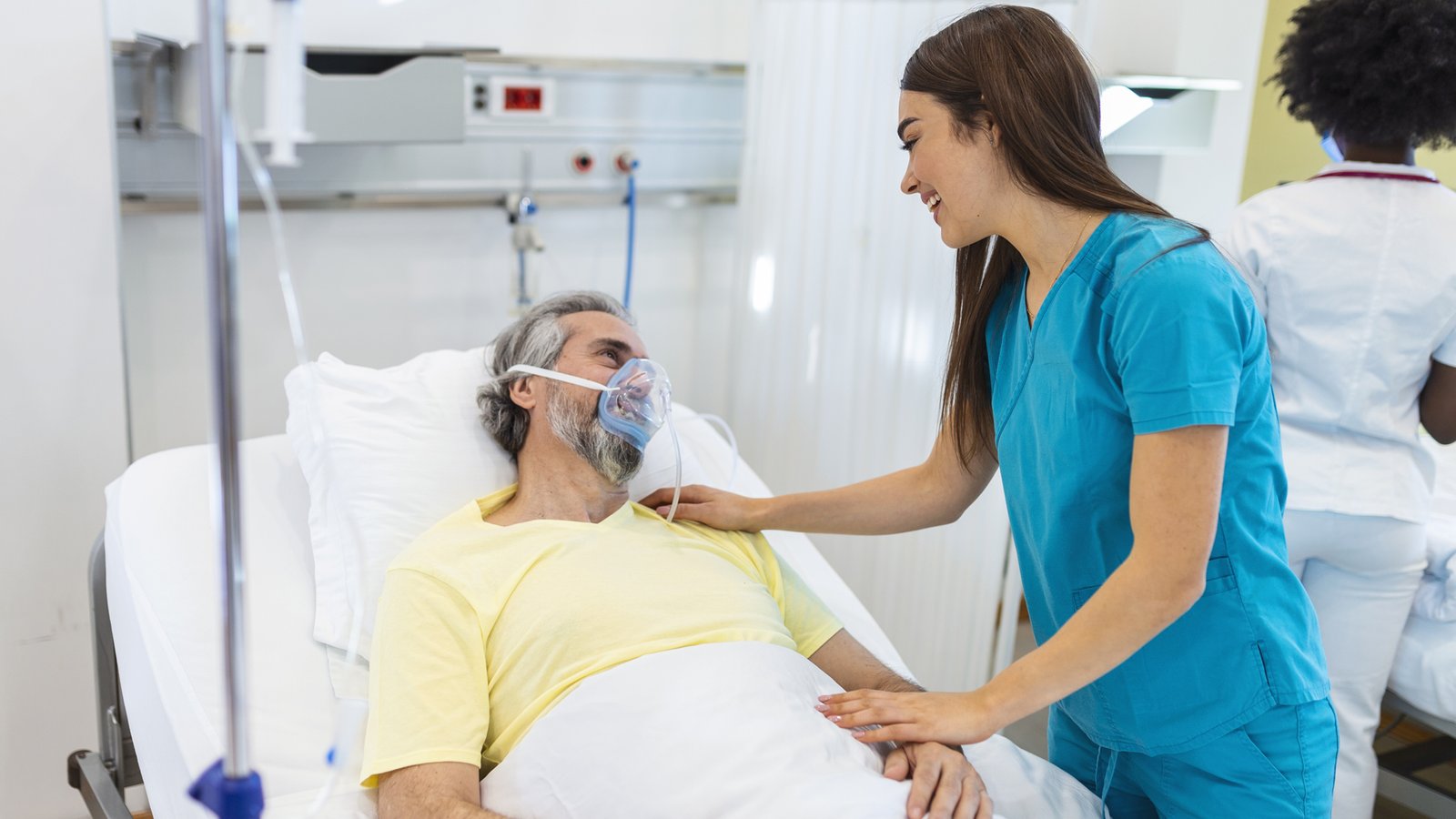
Introduction:
In critical care settings, ventilators play a pivotal role in providing life-sustaining support to patients with respiratory failure. These devices are essential in maintaining adequate oxygenation and ventilation, allowing patients to breathe and recover. This article explores the importance of ventilators, their functionality, different types, and the impact they have on patient outcomes in critical care.
Understanding Respiratory Failure:
Respiratory failure is a condition where the lungs are unable to provide sufficient oxygen to the body or remove carbon dioxide effectively. It can be caused by various factors, including severe pneumonia, acute respiratory distress syndrome (ARDS), chronic obstructive pulmonary disease (COPD), and trauma. When respiratory failure occurs, ventilators become a vital intervention to support the patient’s breathing.
Functionality of Ventilators:
Ventilators are sophisticated medical devices designed to deliver controlled amounts of oxygen and remove carbon dioxide from the lungs. They assist or replace the natural breathing process through the intubation of a patient’s airway. Ventilators can deliver breaths with preset volumes or pressures, and their settings can be adjusted based on the patient’s condition and response.
Types of Ventilators:
a. Invasive Ventilation: Invasive ventilators require the insertion of an endotracheal tube or tracheostomy tube into the patient’s airway. This method is commonly used in critically ill patients who cannot breathe adequately on their own.
b. Non-invasive Ventilation: Non-invasive ventilators, such as continuous positive airway pressure (CPAP) and bilevel positive airway pressure (BiPAP) machines, provide respiratory support without the need for intubation. They are used in certain respiratory conditions, such as sleep apnea or early stages of respiratory failure.
Impact on Patient Outcomes:
a. Oxygenation and Ventilation: Ventilators ensure that patients receive adequate oxygenation and ventilation, improving their overall physiological stability. By optimizing gas exchange, ventilators alleviate the strain on the respiratory system, allowing the body to focus on healing and recovery.
b. Individualized Settings: Ventilators offer the ability to tailor settings to each patient’s specific needs. Variables such as respiratory rate, tidal volume, positive end-expiratory pressure (PEEP), and FiO2 (fraction of inspired oxygen) can be adjusted, promoting patient comfort and maximizing treatment efficacy.
c. Lung Protection: Ventilators can employ lung-protective strategies, such as low tidal volume ventilation and appropriate PEEP, to minimize the risk of ventilator-induced lung injury (VILI). These strategies aim to prevent further damage to the lungs and promote faster recovery.
d. Support During Procedures: Ventilators also play a crucial role in providing support during invasive procedures, surgeries, or interventions that require deep sedation or general anesthesia. They ensure adequate oxygenation and ventilation while maintaining patient stability.
Challenges and Considerations:
a. Ventilator-Associated Complications: Despite their benefits, ventilators can present challenges and risks, including ventilator-associated pneumonia (VAP), barotrauma, or oxygen toxicity. Careful monitoring, infection control measures, and appropriate weaning protocols are essential to mitigate these risks.
b. Resource Allocation: During times of high demand, such as pandemics or disasters, ventilators may become scarce resources. Ethical considerations and triage protocols must guide the fair and appropriate allocation of ventilators to maximize their impact on saving lives.
Conclusion:
Ventilators are indispensable medical equipment in critical care settings, providing essential respiratory support to patients with respiratory failure. Their ability to optimize oxygenation, ventilation, and lung protection significantly impacts patient outcomes. As technology advances





